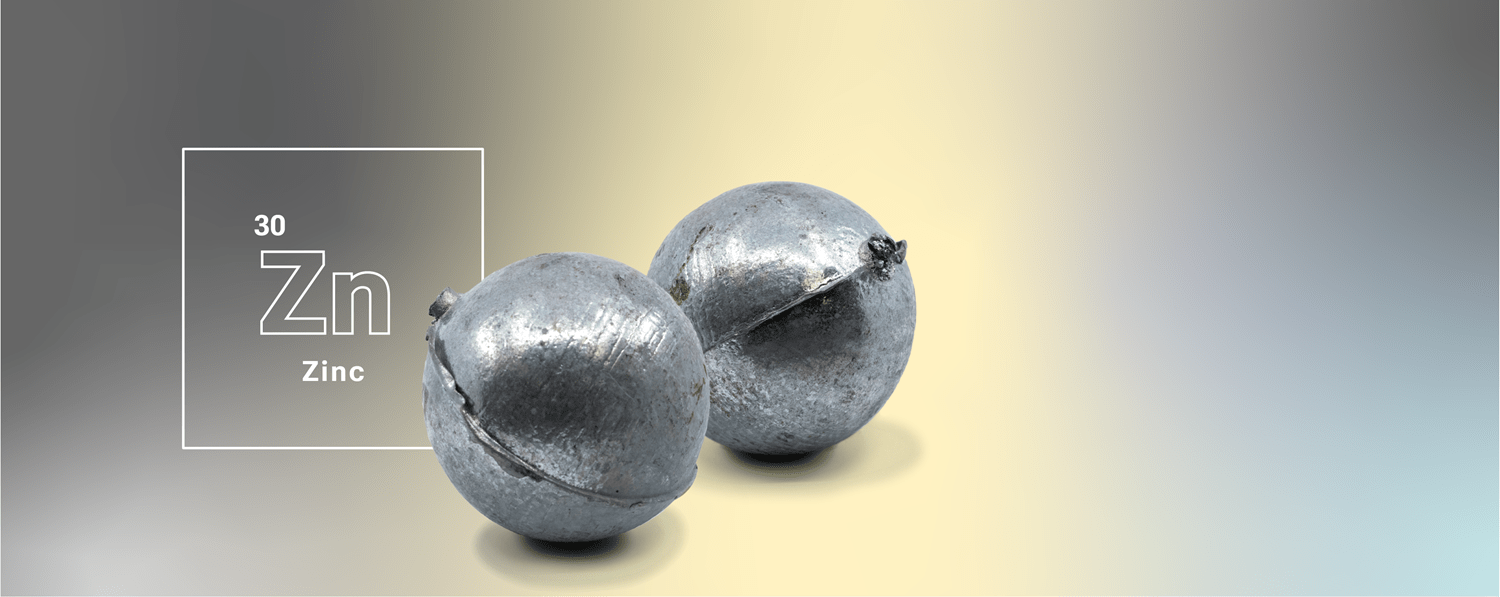Zinc Octoate, 22% Zn
Technical Specifications
| Zinc | 21.7 – 22.3% |
| Nonvolatiles @ 105°C | 94% min |
| Color (Gardner) | 1 max |
| Specific Gravity @ 25⁰C | 1.12 – 1.22 |
| Viscosity (Brookfield) @ 25⁰C | 40 Pse max |
Product Number
1362V
Manufactured in Norwood, Ohio
CAS Number:
136-53-8
Chemical Formula:
Zn4O(C8H15O2)6
Appearance:
Clear liquid.
Packaging:
200 kg- 55 gallon steel closed headed drum
Manufactured under ISO 9001 registered quality management systems.

